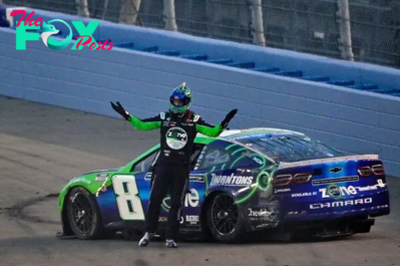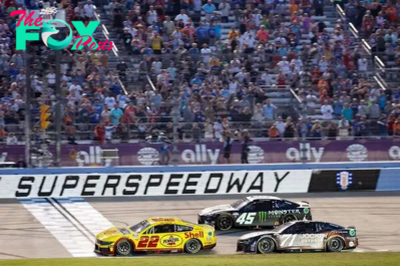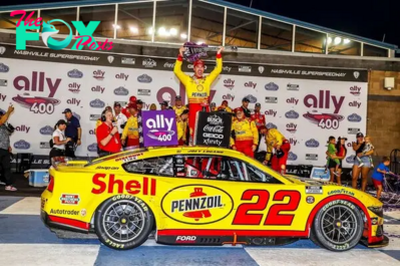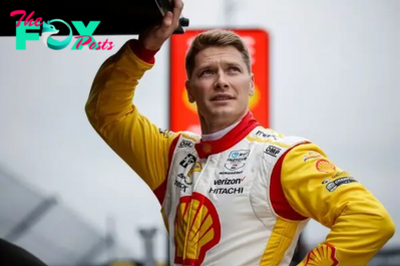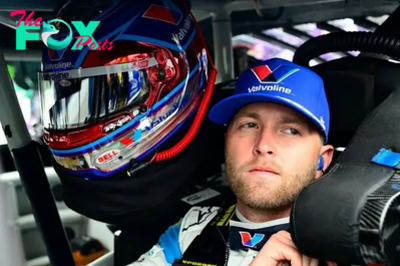NASCAR
Kyle Busch felt "disgraceful" fuel-saving in Daytona 500
There is some debate whether the issue is even a “problem” that needs to be addressed but when NASCAR officials said publicly last week the sanctioning body was “reviewing” it, the attention magnified.
Kyle Busch, for one, was not happy with how the race strategy played out on Monday’s rain-delayed 500.
“I believe it’s a problem,” Busch said. “The start of the race last weekend for the Daytona 500 – we’re all sitting around there running half-throttle; not passing and just riding in a line.
“I felt disgraceful, myself, being a race car driver – wanting to go fast, lead laps and win the Daytona 500, and that was our strategy that we had to employ at the start of the race because everybody was doing it.”

Corey LaJoie, Spire MotorSports, Chili's Catch-a-Rita Chevrolet Camaro, Kyle Busch, Richard Childress Racing, Zone Chevrolet Camaro, AJ Allmendinger, Kaulig Racing, Celsius Chevrolet Camaro
Photo by: Nigel Kinrade / NKP / Motorsport Images
More so than in recent seasons, teams elected to ask their drivers to save fuel – almost from the beginning of the race – as a way to help gain track position during green flag pit stops when they could spend less time on pit road.
There were times – especially in the first two stages – when cars were running laps three seconds or more slower than typical.
“I felt bad for the fans. This is not good for them,” Busch said. “It’s not what I want to be doing. But when you kind of get in that situation, I don’t know what you do.
“The third lane could have developed. It was so early in the race; nobody wanted to develop a third lane. It’s a 500-mile race, we don’t want to blow everything up in the first stage, right?
“But somebody could have just pulled out into the outside lane and literally just ran to the front and done whatever they wanted to do. So, I was surprised nobody did that.”
What's the solution?
The issue became more prominent in part because the 500 featured fewer cautions than normal and its common multi-car wrecks were missing until late in the final stage.
In addition, tire wear is usually non-existent on superspeedway races, which means teams that do make green flag stops are often taking just fuel-only.
Most drivers said they were sure there was a “solution” to the issue, although Busch suggested the use of smaller fuel cells – which would produce more pit stops – could alter the strategy play.
“You’re going to be going all out as much as you can and making sure that you’re not fuel saving in order to do the leapfrog strategy,” Busch said.
“But then you put your pit crew and the guys on pit road in more danger – you put twice as much emphasis on doing all of that. So, who knows?”
-
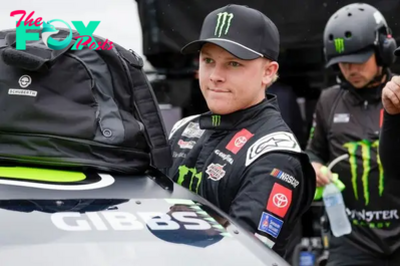
 NASCAR4m ago
NASCAR4m agoNASCAR Cup Nashville: Ty Gibbs leads the way in practice
-
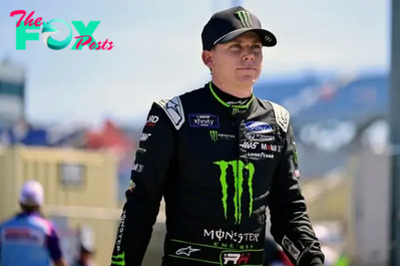
 NASCAR4m ago
NASCAR4m agoRiley Herbst has "a lot of options on the table" in NASCAR for 2025
-
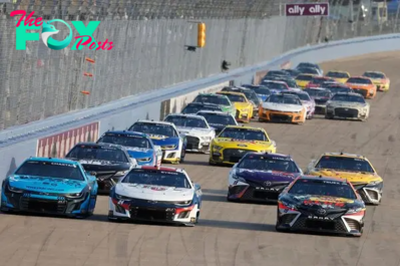
 NASCAR4m ago
NASCAR4m ago2024 NASCAR at Nashville schedule, entry list, and how to watch
-
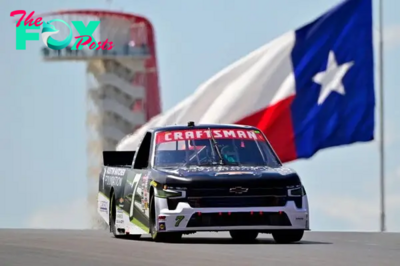
 NASCAR4m ago
NASCAR4m agoAmerica’s got talent! Is Trackhouse’s versatile teenager the next big thing?
-
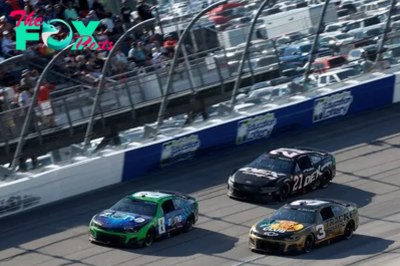
 NASCAR4m ago
NASCAR4m agoLong-time RCR competition executive Andy Petree retires
-
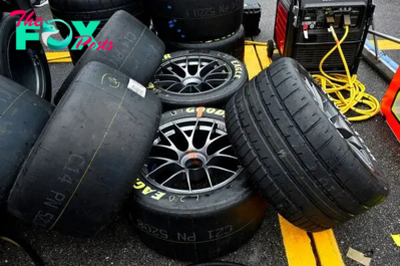
 NASCAR4m ago
NASCAR4m agoNASCAR's wet weather racing exploit was flawed, but 'so much fun'
-
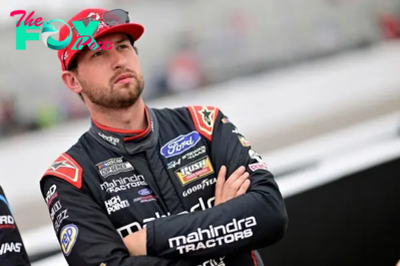
 NASCAR4m ago
NASCAR4m agoJoe Gibbs Racing confirms Chase Briscoe as Truex's 2025 replacement
-
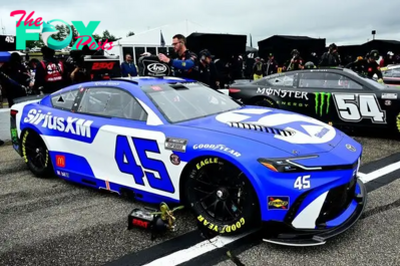
 NASCAR4m ago
NASCAR4m agoReddick: "It's a bummer" to lose after leading during lengthy rain delay

